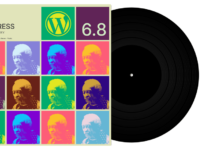Nikon Introduces Advanced Powder Feeder Unit for Metal Additive Manufacturing
Nikon Corporation has unveiled an innovative solution in the sphere of metal additive manufacturing with the introduction of the Additional Powder Feeder (APF). This optional unit can significantly enhance the capabilities of the Lasermeister 102A (LM102A) system by allowing it to utilize various types of metal powders. This advancement is expected to pave the way for the creation of new, value-added alloys and components composed of multiple metal types, thereby broadening the scope and potential of the LM102A.
Overview of the Additional Powder Feeder
The Additional Powder Feeder is designed to be an optional component for the Lasermeister 102A system, specifically tailored to support the development of superalloys and other advanced metal materials. The APF enables the system to handle multiple metal powders, significantly enhancing its versatility and application range. Currently, Nikon has slated the availability of the APF for order starting December 2024.
Background of Development
In industries such as aerospace, defense, and energy, materials are often subjected to extreme conditions, including high temperatures and corrosive environments. These sectors demand materials that are exceptionally durable and resistant to corrosion. While current superalloys provide a level of performance that meets many requirements, there is a growing need for materials that can push these boundaries further.
By combining different metals, new superalloys can be developed that offer enhanced performance characteristics. Recognizing this need, Nikon has developed the APF to facilitate the creation of these advanced materials. The APF allows for the precise mixing of small quantities of different metal powders, a crucial capability for research institutions and universities working on the next generation of superalloys.
Key Benefits of the Additional Powder Feeder
The Additional Powder Feeder offers several significant advantages:
- Enhanced Development Capabilities: As an optional unit for the compact LM102A Direct Energy Deposition (DED) system, the APF is designed to enable the development of superalloys by utilizing small quantities of various metal powders. This capability is particularly beneficial for research and development purposes.
- Customizable Configuration: Users can incorporate between two to four APF units into their LM102A system, tailored to meet specific objectives and requirements.
- Increased Flexibility: The APF is capable of feeding up to four different kinds of metal powders into the additive manufacturing system, providing unparalleled flexibility in material development.
Applications of the APF
The introduction of the APF opens up several exciting applications, including:
- Alloy Development: Researchers can experiment with new metal combinations to create alloys with unique properties.
- Functional Material Development: The APF enables the creation of materials that possess specific desired functions, such as enhanced electrical conductivity or thermal resistance.
- Functional Gradient Material Development: This involves the creation of materials that have a gradual change in composition or structure, which can result in improved performance characteristics.
Specifications of the APF
The Additional Powder Feeder is designed with practicality and efficiency in mind. Its dimensions are 2442 mm in width, 750 mm in depth, and 1750 mm in height, weighing approximately 559.5 kg when combined with four APF units and the LM102A system. Each APF unit can handle a maximum powder load ranging from 5 kg to 20 kg. Regular software updates ensure that users can benefit from the latest features and enhancements.
Conclusion
Nikon’s introduction of the Additional Powder Feeder marks a significant step forward in the field of metal additive manufacturing. By enabling the LM102A system to handle multiple metal powders, Nikon is offering researchers and manufacturers the tools needed to develop the next generation of advanced materials. This innovation not only enhances the capabilities of the LM102A system but also expands the possibilities for material science and engineering.
The APF promises to be a game-changer, particularly in industries where material performance is critical. By facilitating the development of new superalloys and functional materials, Nikon is helping to drive progress in some of today’s most demanding fields.
For further details and updates on the Additional Powder Feeder and other Nikon innovations, you can visit their official website.
For more Information, Refer to this article.


















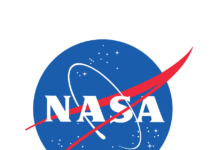
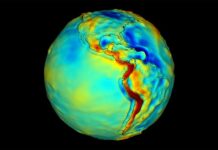
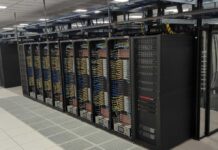






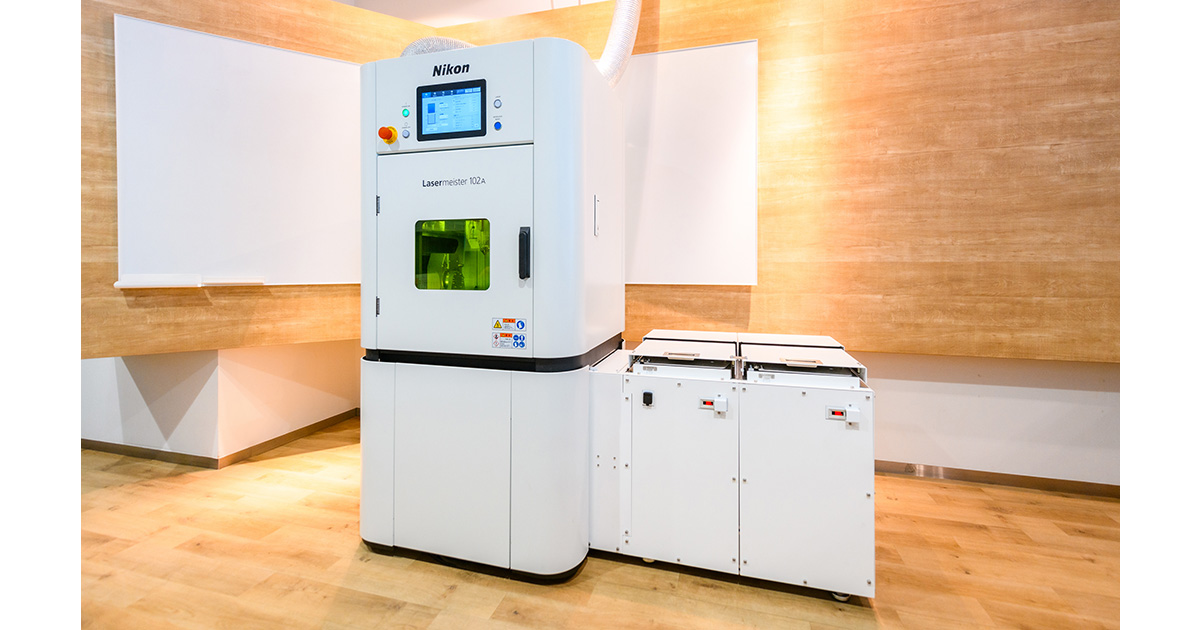



![Samsung Developers Recommend 3 Top Good Lock Features [Exploring Good Lock ③] 3 Features Recommended by Samsung Developers and Newsroom Editors](https://www.hawkdive.com/media/samsung-mobile-good-lock-home-up-developers-and-editors-picks-wonderland-edge-lighting-and-nice-shot-218x150.gif)

